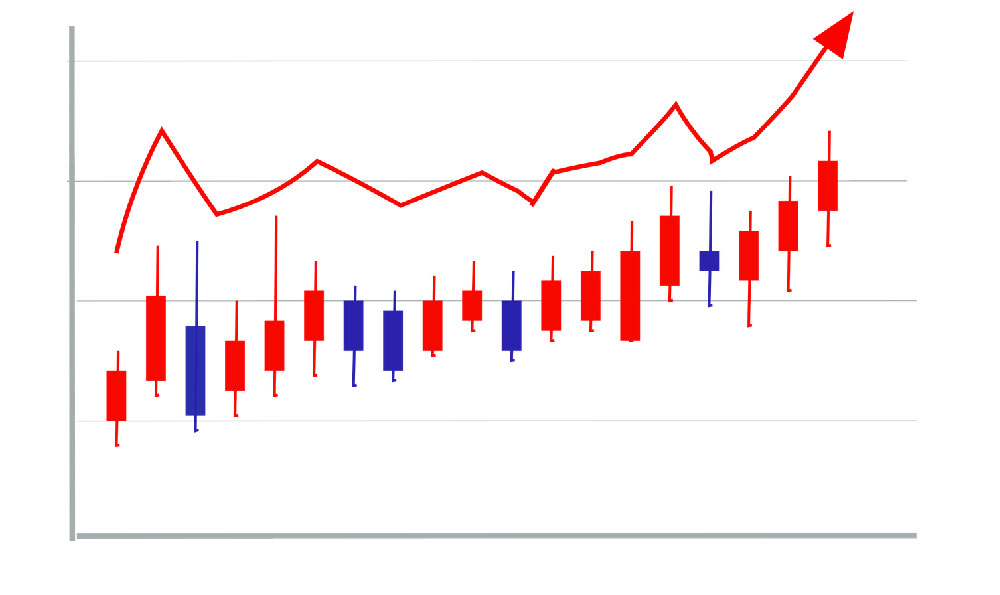The world of stock brokerage is a dynamic and complex ecosystem where financial professionals navigate the intricate web of markets, clients, and regulations to generate income. While the industry has evolved significantly over the decades, the core mechanisms through which stock brokers earn revenue have remained relatively consistent. However, the digital age and shifting investor behaviors have introduced new dimensions to their earning strategies, creating a diverse array of income streams that merit closer examination. Understanding these revenue sources is essential for both aspiring brokers and investors who interact with them, as it sheds light on the financial incentives that shape market dynamics and client relationships.
One of the most traditional and widely recognized revenue models for stock brokers is the commission-based structure. This model is particularly prevalent in transactional activities, where brokers earn income from facilitating trades on behalf of their clients. When an investor places an order to buy or sell a stock, bond, or other securities, the broker typically charges a fee for executing the transaction. These fees, which are often calculated as a percentage of the transaction value, vary depending on factors such as the type of asset, the market in which it is traded, and the broker’s pricing strategy. In many cases, commissions are further influenced by the volume of trades, with some brokers offering tiered pricing structures that reduce fees for high-frequency traders. The commission model is especially relevant in countries where brokerages operate under strict regulations that require transparent fee disclosures, ensuring that both parties understand the financial implications of each trade.
Beyond commissions, stock brokers also derive income from transaction-related services and fees. These include charges for market data, research reports, and access to specialized trading platforms. For instance, brokers often provide clients with real-time stock quotes, economic indicators, and analytical tools that help them make informed investment decisions. While these services are typically offered at no direct cost, they may be monetized through subscription-based models or by bundling them with other financial products. Additionally, in markets with high levels of competition, brokers might charge for facilitation services such as order routing optimization, where they ensure trades are executed at the best possible prices while minimizing slippage. These services are particularly valuable in multi-asset or global markets, where accessing the right liquidity and execution mechanisms is crucial for investor success.

Another significant revenue source for stock brokers is the provision of asset management services. Many brokers offer a range of investment products, including mutual funds, ETFs, and structured products, which they sell to clients in exchange for fees. These fees, often referred to as management fees, are typically a percentage of the assets under management (AUM) and cover the cost of overseeing the portfolio, making investment decisions, and managing risks. In addition to management fees, some brokers also earn performance-based compensation, where they receive a share of the profits generated by the investments they recommend. This model is especially common in wealth management firms, where brokers combine their transactional expertise with advisory capabilities to deliver comprehensive financial services.
Stock brokers also generate income through ancillary services such as investment product sales and client advisory services. For example, they may earn fees by selling financial products like insurance policies, retirement plans, or investment trusts to clients who are seeking to diversify their portfolios. These fees are often structured as a one-time charge or as recurring payments, depending on the product’s nature and the brokerage’s business model. In addition to product sales, many brokers offer advisory services where they provide personalized recommendations on investment strategies, risk management, and market trends. These advisory services are typically compensated through advisory fees, which are charged based on the complexity of the client’s financial situation and the level of expertise required.
In recent years, the rise of technology and digital platforms has introduced new and innovative revenue models for stock brokers. For instance, some brokers now offer commission-free trading in exchange for subscription-based access to premium features such as advanced analytics, market research, or investment tools. This shift has been particularly notable in the U.S. market, where startups and online brokerages have disrupted traditional revenue streams by prioritizing customer acquisition through zero-fee offerings. However, this model also requires brokers to diversify their income sources to maintain profitability, often by relying on other revenue streams such as brand partnerships, affiliate marketing, or the sale of digital content.
The financial landscape is constantly evolving, and stock brokers must adapt their strategies to remain competitive. While traditional revenue sources like commissions and transaction fees are still relevant, the integration of technology and the demand for personalized services have expanded the possibilities for income generation. As investors seek more tailored solutions, brokers who can offer a combination of transactional expertise, advisory services, and innovative products are likely to thrive in the market. However, it is crucial for both brokers and investors to understand the financial implications of each revenue stream, as they can significantly impact the overall cost of investing and the profitability of the brokerage business.
Ultimately, the diverse revenue sources of stock brokers reflect the multifaceted nature of the financial services industry. From the traditional commission-based model to the modern blend of technology-driven offerings and personalized advisory services, each income stream plays a unique role in shaping the financial ecosystem. As the market continues to change, brokers must remain agile and innovative, ensuring that their revenue models align with the needs of their clients and the demands of the industry. This adaptability not only enhances their competitiveness but also ensures that they can provide sustainable value to investors in an increasingly complex financial landscape.












